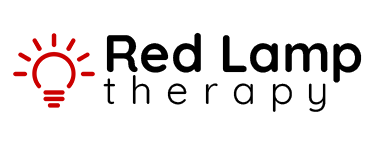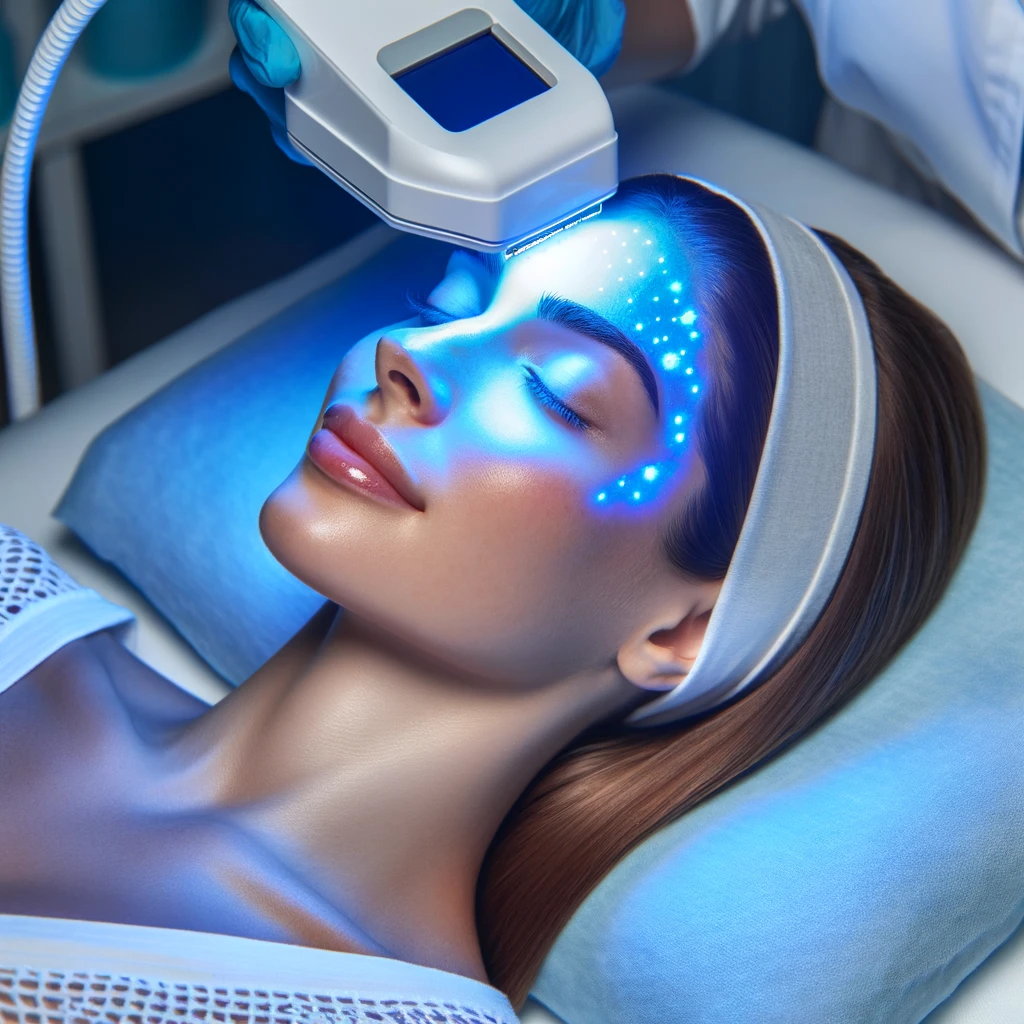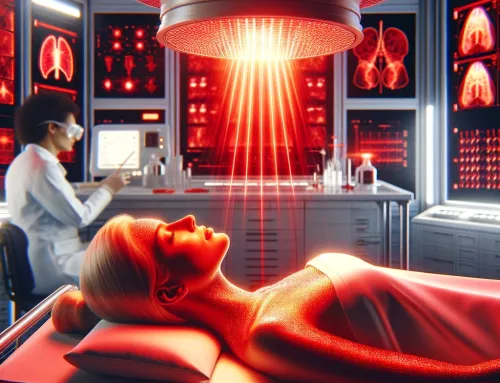Red light therapy has been widely recognized for its therapeutic benefits, ranging from skin rejuvenation to pain relief. However, it’s not the only non-invasive treatment available for those seeking alternative healing modalities. This article explores seven such alternatives, each offering unique benefits for various health conditions.
Blue Light Therapy
Blue light therapy is predominantly used for treating skin conditions, particularly acne. It works by targeting the bacteria that cause acne, leading to a reduction in inflammation and preventing new breakouts. It’s also used to treat seasonal affective disorder (SAD) due to its ability to regulate mood-enhancing hormones.
Infrared Light Therapy
Infrared light therapy is similar to red light therapy but penetrates deeper into the body. It’s effective in treating chronic pain, improving circulation, and aiding in muscle recovery. Infrared light can also enhance cellular energy production, thereby speeding up the healing process.
Ultraviolet Light Therapy
Ultraviolet (UV) light therapy is primarily used to treat skin conditions like psoriasis and vitiligo. It works by slowing down the growth of affected skin cells. However, due to the potential risk of skin damage, it must be administered under medical supervision.
Green Light Therapy
Green light therapy is known for its soothing effects on the body and mind. It’s used to treat migraine headaches and may help in reducing pain and controlling the body’s pain response. Green light therapy also shows potential in improving mood and mental well-being.
LED Light Therapy
LED light therapy uses light-emitting diodes to deliver red, blue, and infrared lights to the skin. It’s a versatile treatment used for anti-aging, acne treatment, and promoting wound healing. The varied wavelengths allow for targeted treatments according to specific skin needs.
Photodynamic Therapy (PDT)
PDT combines light therapy with a photosensitizing agent, typically used in treating certain types of cancer and skin conditions. It’s particularly effective in targeting and destroying cancer cells, making it a valuable tool in oncology.
Chromotherapy
Chromotherapy, or color therapy, uses the spectrum of colors to heal physical and emotional health problems. Each color is believed to carry frequencies that align with the body’s energies, thereby promoting balance and health. It’s used in treating a range of conditions, from mental health issues to chronic pain.
Conclusion
While red light therapy offers numerous health benefits, exploring alternative light-based therapies can provide additional or complementary healing effects. Each modality offers unique advantages and can be tailored to individual health needs. As with any treatment, it’s important to consult with a healthcare professional to determine the best option for your specific condition.






